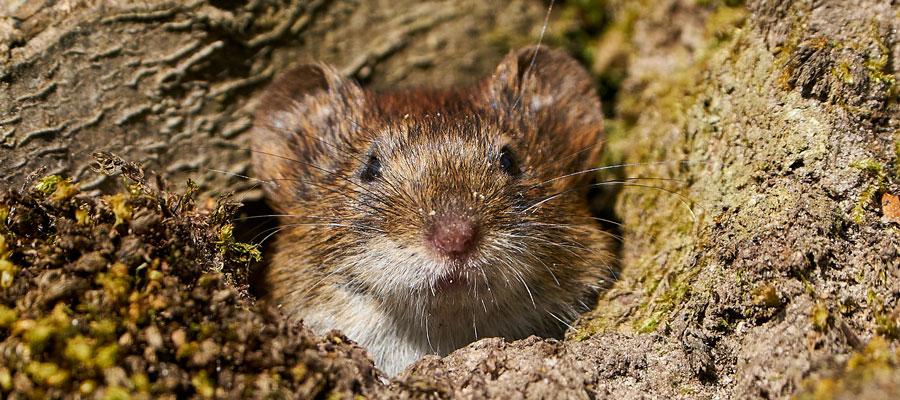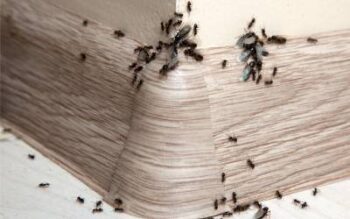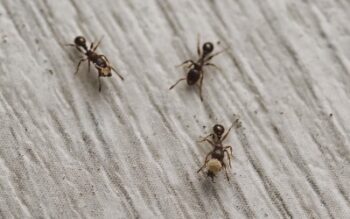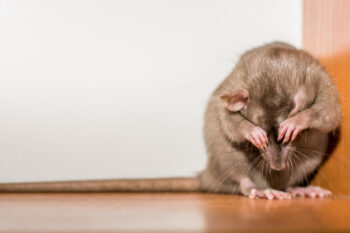
Did you know that summertime is prime mole and vole season? These two subterranean mammals are often confused for one another, but in reality they are quite different. We all know that moles have characteristic paddle-shaped feet with long digging claws as well as eyes and ears that are so tiny they’re hardly visible whatsoever. Voles, on the other hand, are very reminiscent of field mice. They possess short tails, small rounded ears, and have orange teeth that are used to gnaw on plant stems and roots. Because they target the root systems of your plants and lawn, voles are often to blame for extensive property damage.
To avoid dealing with voles in your St. Louis home or business, it’s important to learn how to identify their activity so you can get rid of them effectively. The experts at Blue Chip Pest Services are here to help—read on to learn more!
Moles vs. Voles
If you start to notice tunnels in your lawn or yard, you may be wondering what type of pest you’re dealing with. These mammals may possess similar habits, but they also have a number of differences to take into account. Here’s what to know:
- Moles are predatory in nature and feed on grubs, worms, and beetles. eat grubs and worms.
- Voles are herbivores that eat the roots of your plants, bulbs, bark, and more.
- Moles prefer to stay underground while voles come up to the surface often.
- Voles burrow under your plants and completely destroy their root systems.
- Voles prefer to live in low-lying vegetation and can be found in open fields.
- The tunnels built by voles are circular with a 1–1.5″ opening and are found near the perimeter of buildings.
Top Tips to Get Rid of Voles
To get rid of a vole problem—ideally before it begins—it’s best to make certain adjustments that will make your property less inhabitable to them in the first place. Here’s what to do:
- Make your yard less suitable for moles. Remove weeds, heavy mulch, and dense vegetation. In addition, mow your lawn regularly to keep moles from residing in the long grass.
- Install traps or baits. To catch active voles, many people choose to set traps with apples, peanut butter, or oatmeal. Baits that are toxic should never be applied on your own.
- Protect the barrier of your yard or plants. Hardware cloth or heavy-duty plastic cylinders around trees and planter boxes can help keep voles away.
Vole & Mole Control Services in St. Louis
Voles are notoriously difficult to trap. If you have a vole problem that is wrecking your yard, it’s best to enlist the help of your local mole and vole control specialists. At Blue Chip Pest Services, we enlist a team of trained and certified wildlife control experts to help get rid of voles and other wildlife problems for you. Contact us today to get started!






